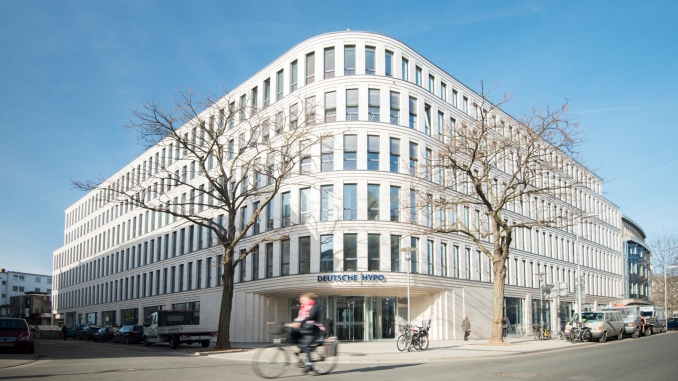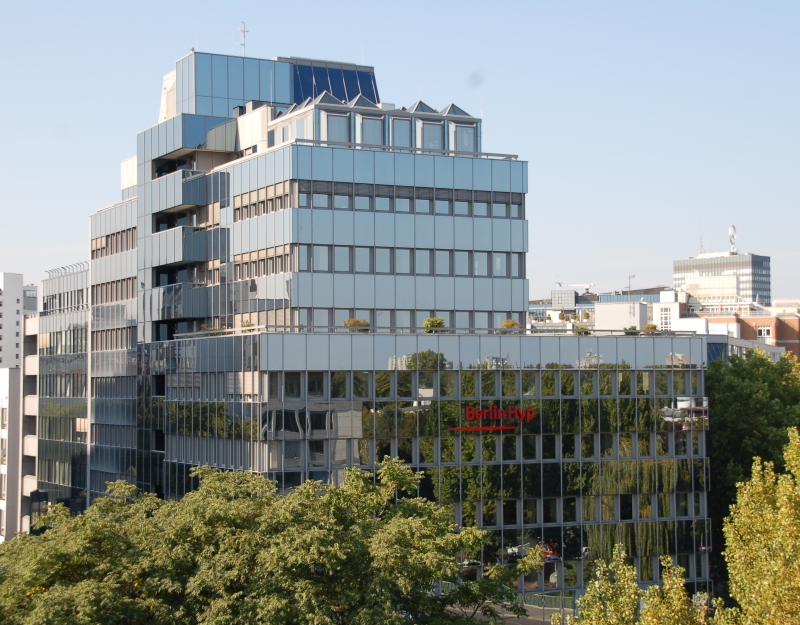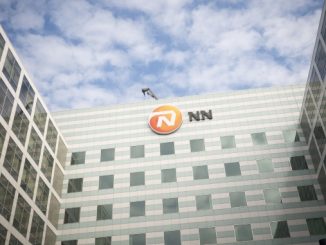
Deutsche Hypo will next month become only the second issuer of a green benchmark covered bond, after having today (Wednesday) announced a roadshow ahead of a debut backed by commercial real estate, in a boost to the sustainable covered bond segment, which has lagged other asset classes.
The deal will make Deutsche Hypo the second issuer of green Pfandbriefe, following Berlin Hyp, which has issued two such benchmarks to date – the last a Eu500m long six year in June. While the wider green bond market has grown rapidly in recent years, the covered bond market has so far lagged behind, although several issuers have issued social benchmarks.
Deutsche Hypo announced today that it has mandated ABN Amro, Crédit Agricole, DZ Bank, NordLB and UniCredit to arrange a European roadshow ahead of the euro benchmark mortgage-backed issue. The roadshow will start on 6 November and end on 10 November, and could be launched as soon as the week commencing 13 November, according to bankers at the leads.
The deal will be backed by green commercial real estate loans – as was Berlin Hyp’s – with a second party opinion from oekom. Deutsche Hypo has itself been assigned a corporate sustainability rating of C+ by oekom, making it one of the top three companies in its peer group.
Deutsche Hypo declined to give further information on its plans ahead of its roadshow. The deal is expected to be rated by Aa1 by Moody’s.
The NordLB subsidiary’s last benchmark Pfandbrief was a Eu500m eight year issue on 14 June. The deal was priced at minus 10bp and seen trading at around minus 13bp, mid, today.
Bankers away from the deal said it is likely to be priced in line with Deutsche Hypo’s conventional curve. Although there has been evidence of green bonds pricing inside their issuer’s conventional bond curves in other asset classes, this has not yet been seen in the covered bond market. The lack of any such pricing benefit has been attributed to the already tight levels in the market, in particular because of the compression of spreads resulting from the ECB’s covered bond purchase programme (CBPP3).
“Even if it were possible, I would not expect Deutsche Hypo to try to price this deal tighter than their curve,” said a banker. “For an inaugural green bond, it makes sense not to push the pricing.”
The awaited deal is understood to be similar in structure to the green Pfandbriefe issued by Berlin Hyp, with similar standards for its collateral, for example on the energy efficiency of properties.
“We are very pleased that Deutsche Hypo will be joining the market, and even more pleased to see their framework has quite similar standards to ours,” said Bodo Winkler, head of investor relations and sales at Berlin Hyp.
“From my point of view, this will be another high quality green bond product. I am quite convinced they will be successful, and we at Berlin Hyp wish them very good luck.”
To date, the sustainable covered bond market has focused on social issuance. MünchenerHyp sold the first sustainable covered bond, a Eu300m five year Pfandbrief backed by cooperative housing loans, in September 2014, and banks from other jurisdictions have also issued socially-orientated transactions. Turkish banks have meanwhile placed non-benchmark green-oriented use of proceeds covered bonds with development banks.



